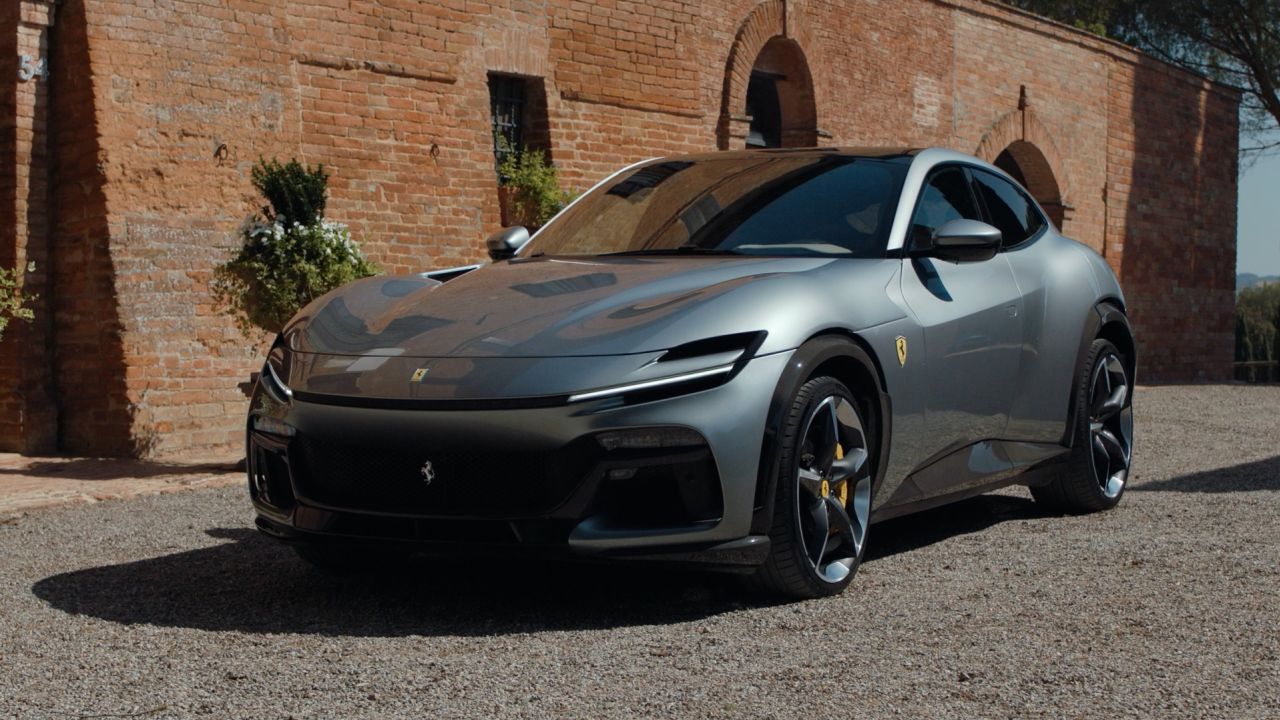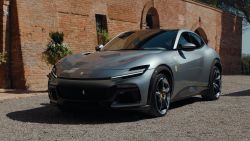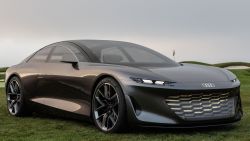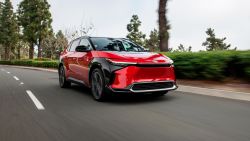Editor’s Note: Fatih Birol is executive director of the International Energy Agency. The opinions expressed in this commentary are his own.

The global energy crisis sparked by Russia’s invasion of Ukraine is causing hardship around the world and shining a spotlight on the flaws in today’s energy system. Volatile prices are hurting consumers and businesses while greenhouse gas emissions are rising and air pollution is leading to millions of deaths every year.
But the current crisis can be a turning point for clean energy. Transitioning to a cleaner and more secure energy system means tackling emissions across the major greenhouse gas emitting sectors — electricity, industry, transport and buildings. Transport has the highest reliance on fossil fuels of any sector, making electric vehicles vital for cutting emissions and harmful urban air pollution — and for reducing countries’ reliance on oil imports.
Taking into account the latest trends and government and business priorities worldwide, we now see incredible growth prospects for electric cars in the coming years. By 2030, more than one out of every two cars sold in the United States, the European Union and China could be electric, according to new analysis that will appear in the International Energy Agency’s flagship World Energy Outlook report next month. This is an extraordinary transformation we are witnessing in the world’s three largest car markets. Worldwide, EVs’ share of the car market could rise to close to 40% from less than 10% last year.
Enable carmakers to scale up production fast
But there’s still a huge amount of work to do for EVs to fulfill their potential, and governments can help. Here’s where they can start:
Electric car sales are already growing strongly in Europe and China. The US has lagged behind, but this is now set to change thanks to the recent Inflation Reduction Act, which I believe is the single most important energy and climate action by any country since the Paris Agreement in 2015. For EVs, the act provides crucial measures to boost manufacturing, encourage sales and expand charging stations and other infrastructure.
In Europe, the Fit for 55 package will help further accelerate EV sales there by introducing strict emissions standards, phasing out combustion engine cars and vans by 2035 and supporting the deployment of charging stations for the public.
Beyond China, the EU and the US, EV growth has been much slower. Carmakers need to strengthen supply chains and scale up production quickly, and governments need to support this by providing manufacturing incentives and removing red tape.
Governments also must help companies ensure they have sufficient and sustainably sourced supplies of the minerals like lithium that are needed to make EV batteries. Countries need to work together on securing critical mineral supplies, as they have done for decades on oil security.
Offer tax credits for consumers
The upfront purchase price for EVs in most markets is higher than for a gasoline car, but the Inflation Reduction Act includes measures to address this in the US, such as a tax credit of up to $7,500 per vehicle. Similar measures are already in place in European countries, and a tax exemption for EVs in China was recently extended through the end of next year.
Electric cars’ cheaper running costs mean owners can often recoup the extra money they pay to purchase their vehicles within a few years. Even with the current high electricity prices, EVs remain the most cost-effective choice over time, according to new IEA analysis.
Expanding EV sales in economies beyond China, Europe and the United States will require more than carmakers’ efforts to broaden their electric offerings outside the major markets. Governments will need to push through policy reforms and provide financial support to help make EVs the most affordable option. They will also need to build out charging infrastructure to ensure there are enough chargers for a growing population of EVs.
Countries across the globe are competing hard to try to be the leaders in this new emerging energy economy. And this competition is necessary — it’s what’s driven the huge cost declines in solar, wind and EV batteries in recent years.
Today’s energy crisis is creating extraordinary difficulties, especially for the coming winter. But it has also opened the door wider for the new global energy economy to replace more of the old one. The stunning growth of EVs is just beginning, and with government support and continued technological advances, it can take hold much more quickly.
























